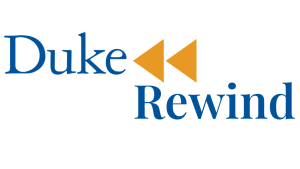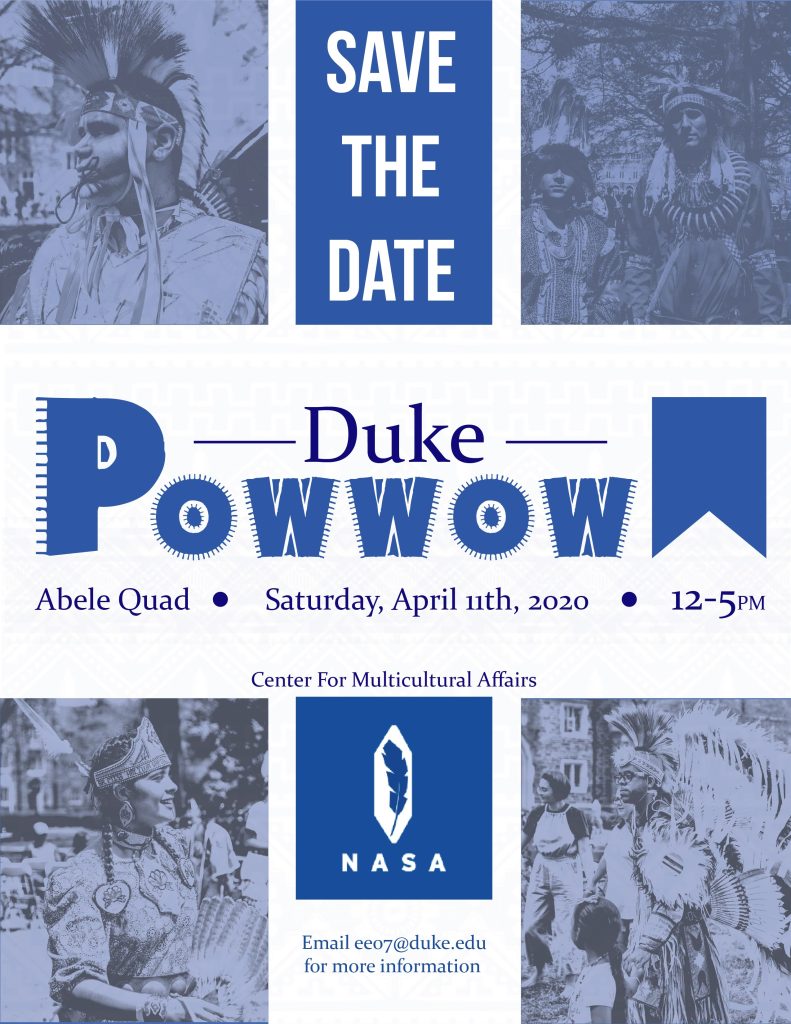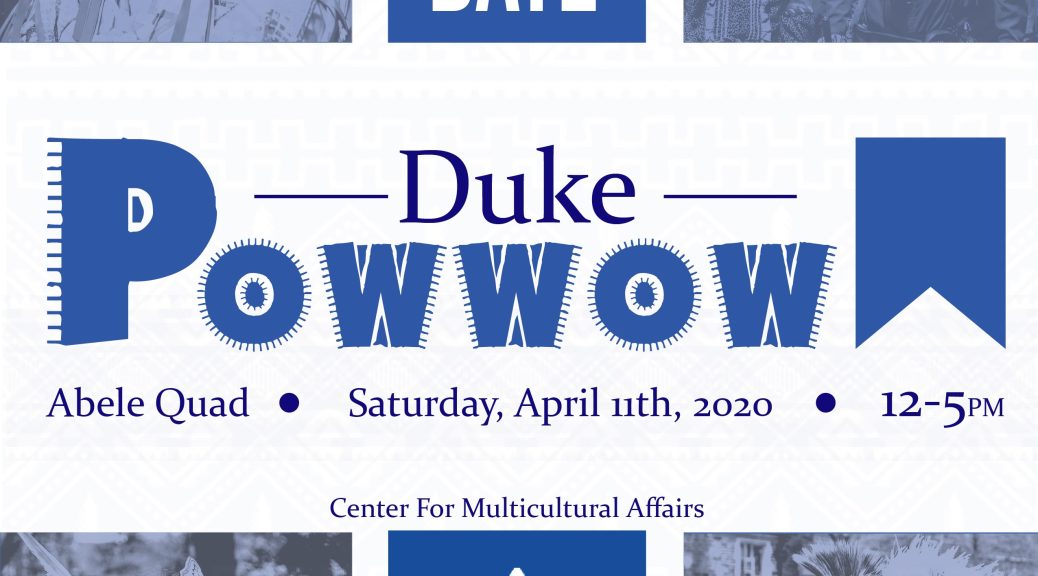Post contributed by Rebecca Pattillo, Assistant University Archivist
To celebrate Native American Heritage Month, let’s delve into the archives and explore how Duke’s Native and Indigenous students built a community on campus and took the lead in advocating for more representation among faculty, staff, and students. The first officially recognized student group, American Indians at Duke (A.I.D.), emerged in the 1970s, with ten students, 95% of them being undergraduates. Regrettably, the archives lack additional information about this early student group, leaving us uncertain about its official founding and disbandment dates.
However, we do have knowledge that in 1992, a group of six students founded the Native American Student Coalition (NASC), which received official charter status in 1993. The official charter states, “NASC’s goals and mission are to raise awareness of all Native American cultures and to provide a voice on Duke’s campus concerning Native American issues. NASC also started with the purpose of enhancing the recruitment and retention of Native American faculty, students, and curriculum.”

Throughout the 1990s, NASC organized various well-attended programs at Duke, including visits by Ojibwa activist Winona LaDuke, Lakota musician and hoop dancer Kevin Locke, and Muscogee poet Joy Harjo, among others. One such event, as depicted in a flyer found in the Student Organizations Reference Collection, was an evening symposium titled “As Long as the Grass Grows or Water Runs,” held in 1995.

In 2000, NASC presented “A Proposal for Native American Student and Community Development at Duke” during the annual Unity Through Diversity event. The proposal centered on recruiting and retaining Native students, increasing Native staff and faculty, and securing additional resources for programming. An April 6 Chronicle article from the same year gives insight into the leaders of NASC and their struggles at a predominantly white institution. Despite these obstacles, in the spring of 2001, NASC hosted its first-ever Duke Powwow, which has since become an annual tradition.

By 2003, another report from NASC indicated that due to Duke’s limited recruitment efforts, the group was nearly defunct, as there were only a few Native students on campus, who were too busy with their studies to sustain the group. Sometime between 2003 and 2007, the group experienced a revival and was renamed the Native American Student Alliance, subsequently adopting the name Native American/Indigenous Student Alliance (NAISA), which it is known as today.
To learn more about the history of past and current student groups, visit guides.library.duke.edu/studentgroups or contact me at rebecca.pattillo@duke.edu.


